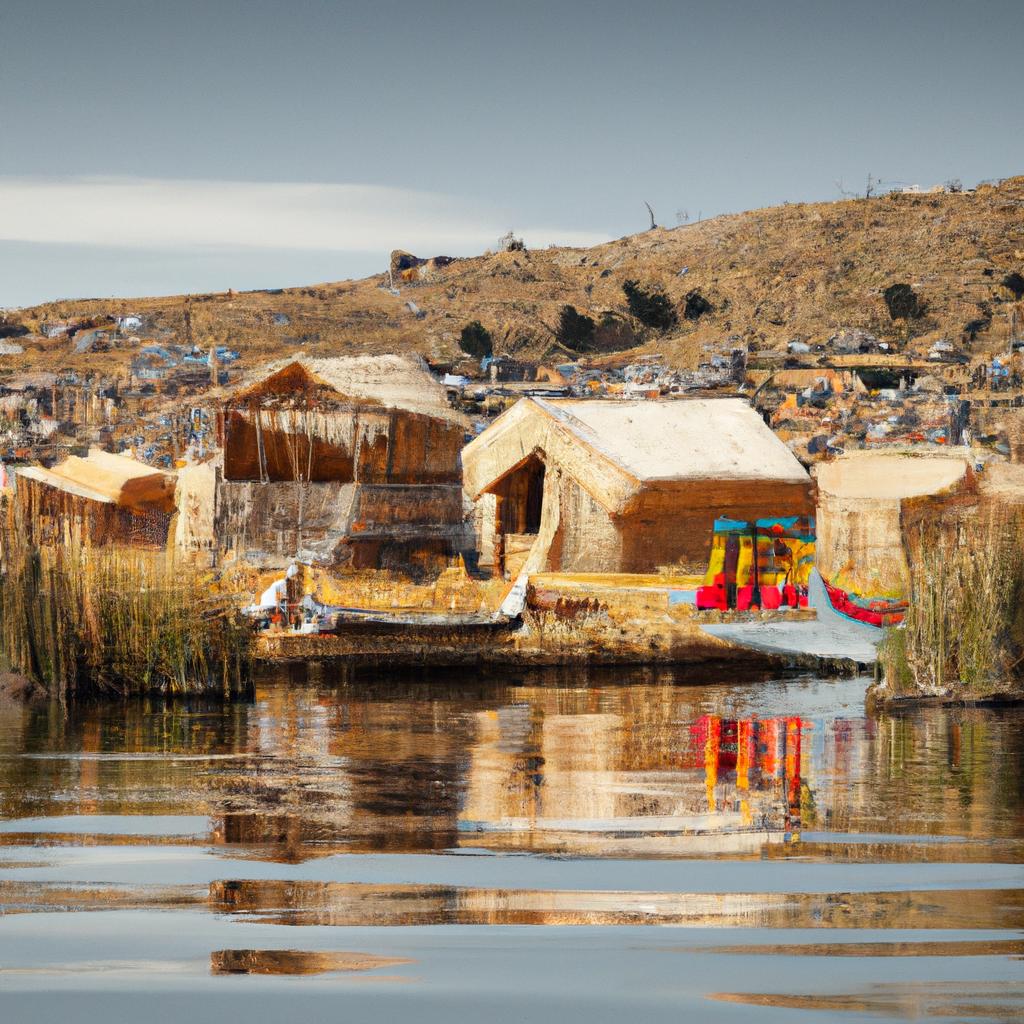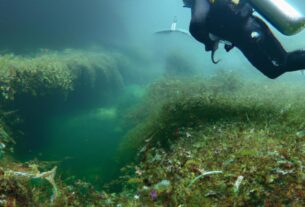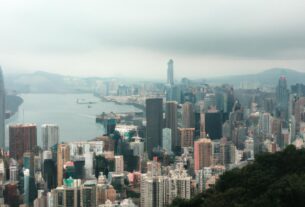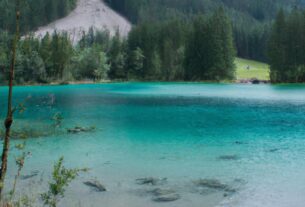Are you ready for a travel experience that will transport you to a world of wonder and enchantment? Look no further than the floating villages of Peru! These remarkable settlements are a testament to the resourcefulness and creativity of the Peruvian people, who have built thriving communities on the water for centuries.
Floating villages are an integral part of Peruvian culture and heritage, offering a unique glimpse into the country’s rich history and traditions. From the floating islands of Lake Titicaca to the bustling markets of the Amazon River, Peru is home to a diverse array of floating villages waiting to be explored.
History of Floating Villages in Peru
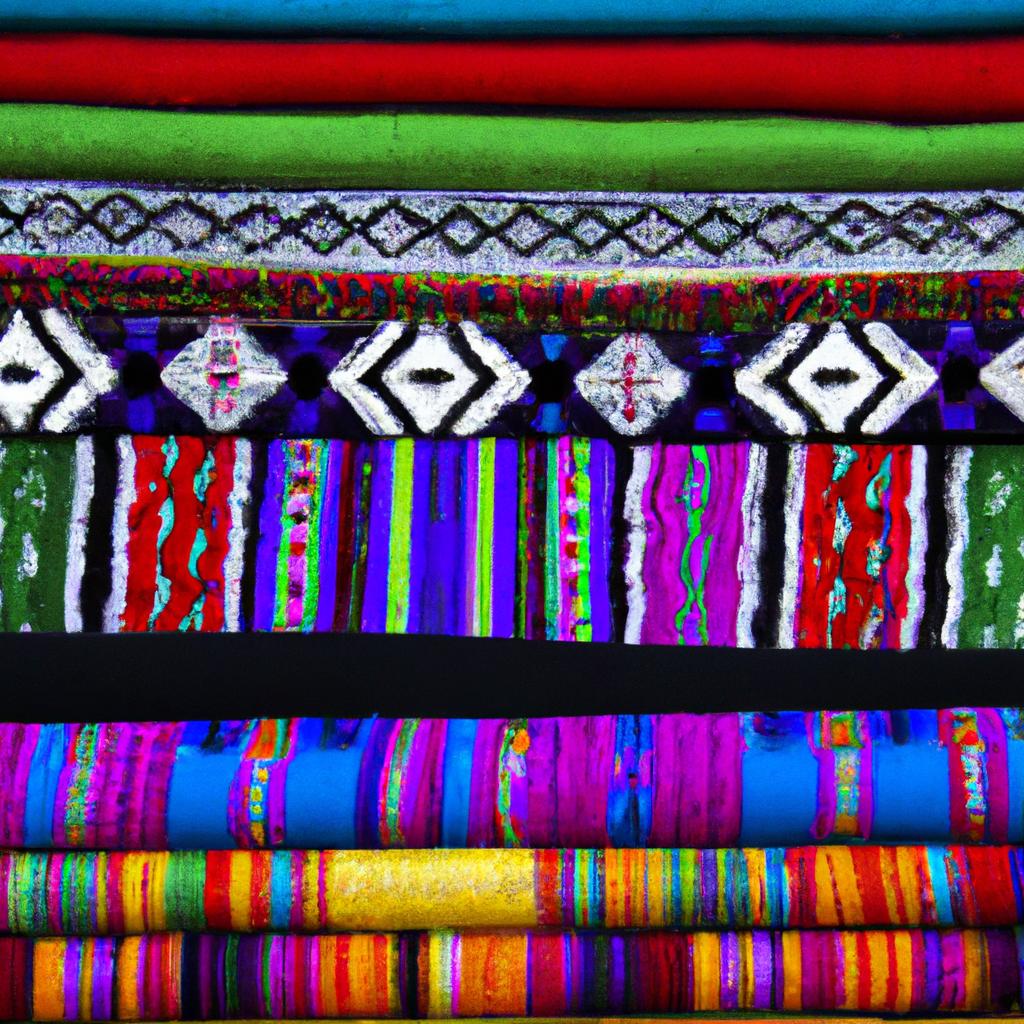
Origins and Evolution of Floating Villages in Peru
The history of floating villages in Peru dates back to pre-Inca times when the Uros people of Lake Titicaca built their first reed islands as a means to escape violence. Using the buoyant totora reed that grows in the lake, the Uros created a self-sufficient community that could move away from danger when necessary. Inspired by their ingenuity, other indigenous groups like the Quechua and Aymara joined the Uros, and today around 1,200 Uros people still live on the floating islands, preserving their unique way of life.
Cultural Significance of Floating Villages in Peruvian Society
Floating villages have served as centers of trade, culture, and spirituality in Peruvian society for centuries. Located in remote areas of the Amazon River basin, these villages rely on waterways for transportation and communication. They are known for their vibrant crafts and traditions, such as the weaving and embroidery of the Shipibo-Conibo people and the colorful masks and costumes of the Yine people. These crafts not only provide income but also express cultural identity and preserve heritage.
Unique Features and Architecture of Floating Villages in Peru
Floating villages in Peru showcase ingenious use of local materials and natural resources to create sustainable homes and infrastructure. Houses are built on rafts made from bamboo, wood, or plastic drums, anchored to prevent drifting. The architecture is influenced by the local climate, featuring large open windows and thatched roofs for ventilation and protection against the elements. Floating gardens and fish farms provide food and livelihoods, fostering a harmonious relationship with nature.
Geographical Location of Floating Villages in Peru
Peru is a country blessed with breathtaking natural landscapes. The development of floating villages in Peru is closely tied to its stunning environment, primarily found in three regions: Lake Titicaca, the Amazon River, and the Pacaya Samiria National Reserve.
Lake Titicaca
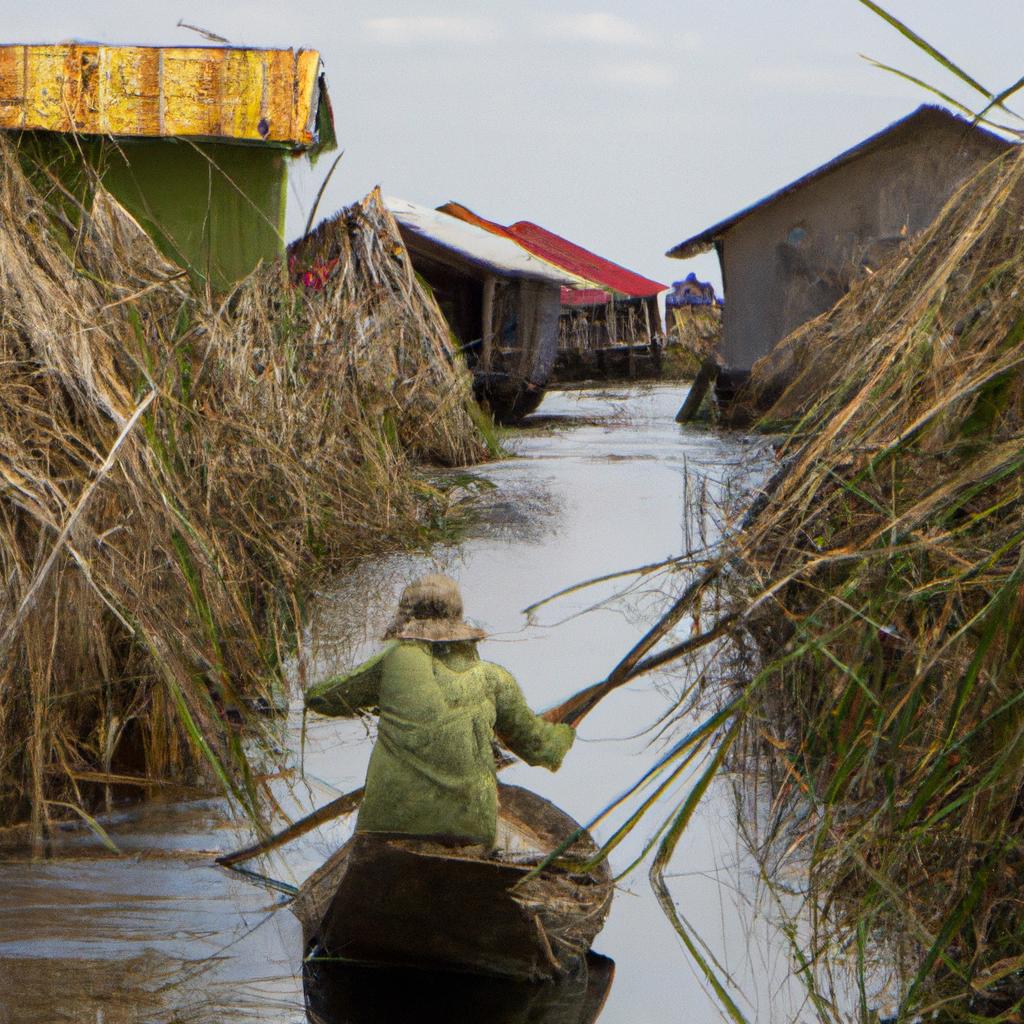
Lake Titicaca, the highest navigable lake globally, is home to several floating islands and villages. The most famous of these are the Uros Islands, entirely made of reeds. The Uros people have inhabited the lake for centuries, relying on fishing and weaving for sustenance and preserving their unique way of life.
The Amazon River
The Amazon River, the largest river in the world, boasts a vast network of river communities, including many floating villages. These communities, located in remote rainforest areas accessible only by boat, depend heavily on fishing and agriculture for their livelihoods. Notable floating villages in the Amazon region include the village of Belen near Iquitos and the Yaguas community in the Pacaya Samiria National Reserve.
Pacaya Samiria National Reserve
The Pacaya Samiria National Reserve, one of Peru’s largest protected areas, covers millions of hectares of rainforest and waterways. It is home to diverse flora and fauna, including endangered species, as well as floating villages deep within the reserve. These villages provide a unique opportunity to experience the beauty and wonder of the Amazon rainforest firsthand.
In conclusion, the natural environment and resources have played a crucial role in the development of floating villages in Peru. From Lake Titicaca’s high-altitude waters to the dense rainforests of the Amazon, these villages showcase the ingenuity and resilience of the Peruvian people. Join us in the next section as we explore the fascinating lifestyle and traditions of these unique settlements.
Lifestyle and Traditions in Floating Villages in Peru
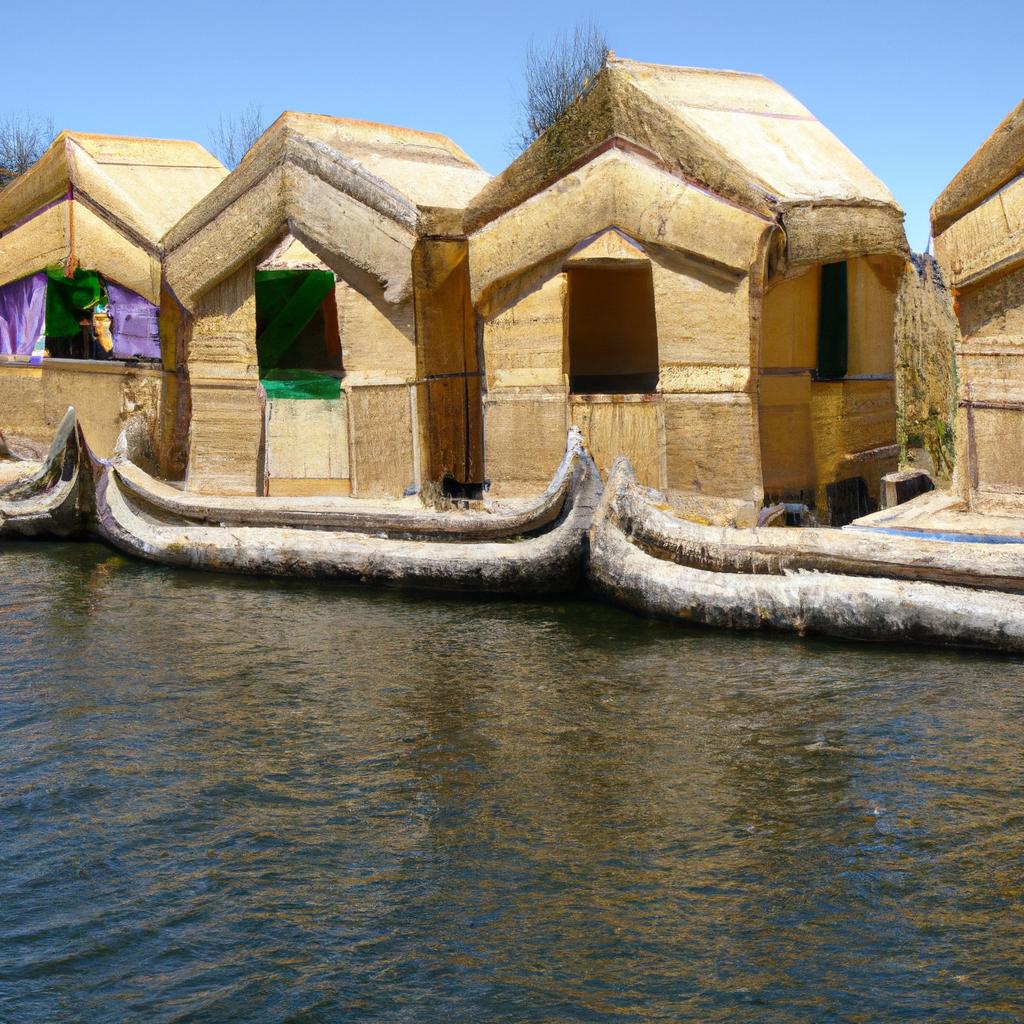
Peru’s floating villages are not only marvels of engineering and architecture but also windows into the unique way of life and traditions of their inhabitants. These communities have developed their own distinct cultures and customs shaped by their environment, history, and social dynamics.
Daily Routines and Activities
Life in a floating village revolves around water, with fishing being the primary occupation. Villagers wake up early to prepare their boats and gear before setting out to cast nets and hooks. Women engage in traditional crafts like weaving, embroidery, and basket making, passing these skills down through generations. Children attend local schools on the mainland, accessible by boat.
Social and Cultural Customs
Hospitality is an important aspect of floating village communities, with visitors warmly welcomed. Music and dance play vital roles, with traditional instruments like the charango and panpipes adding to festive celebrations. Strong family ties are observed, often with extended families living together in houseboats. Respect for elders and cooperation for the community’s well-being foster a strong sense of belonging and camaraderie.
Traditional Crafts and Industries
In addition to fishing, traditional crafts such as weaving, embroidery, and basket making provide income for villagers. Skilled women use natural fibers like reeds and grasses to create intricate designs and patterns. The growing interest in eco-tourism has led to small-scale tourism industries, offering boat tours, handicraft markets, and homestays.
In conclusion, the lifestyle and traditions of floating villages in Peru showcase the resilience and ingenuity of the human spirit. Despite challenges, these communities adapt to their environment, build thriving societies on the water, and preserve their culture and heritage. If you’re seeking an authentic travel experience off the beaten path, add Peru’s floating villages to your bucket list!
Challenges and Opportunities for Floating Villages in Peru
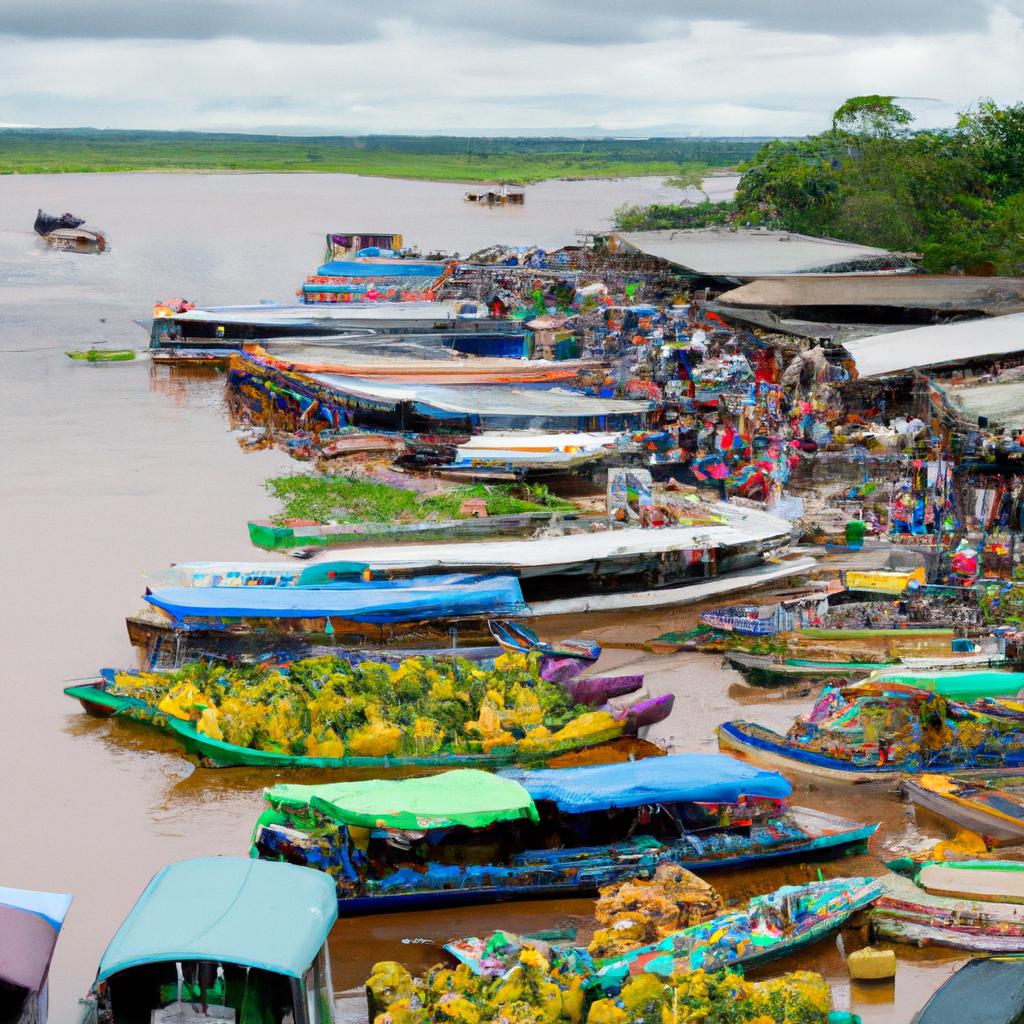
Environmental Threats and Challenges
Floating villages in Peru face environmental threats and challenges that jeopardize their survival. Climate change causes rising water levels, impacting vital resources for their livelihoods. Fishing and agriculture become increasingly difficult. Pollution caused by unregulated tourism and industrial activities affects water quality and the inhabitants’ health, leading to waterborne illnesses and other problems.
Economic and Tourism Opportunities
Despite challenges, floating villages offer economic and tourism opportunities for Peru. Tourism can boost the local economy, creating jobs and income. Unique cultural experiences, including crafts, music, and dance, attract visitors worldwide. Embracing sustainable practices and preserving the natural environment, floating villages benefit from eco-tourism initiatives, providing visitors with an authentic and memorable experience.
Efforts to Preserve Culture and Heritage
Recognizing the importance of preserving floating village culture and heritage, various organizations and initiatives support their development. Sustainable tourism programs, like those implemented in the Lake Titicaca region by the National Service of Natural Protected Areas (SERNANP), and the Amazon Ecotourism Association’s work to promote eco-tourism, help protect resources while preserving traditions and customs.
In conclusion, floating villages in Peru face challenges but also offer economic and tourism opportunities. By prioritizing sustainability and preserving cultural heritage, these villages can thrive and attract visitors worldwide while protecting their unique way of life. So, book your trip to Peru’s floating villages today and embark on a journey to a world of wonder and enchantment. And remember, TooLacks will continue to bring you the latest news and insights on all things nature, gardening, and animals. Stay tuned for more exciting content!
References:
